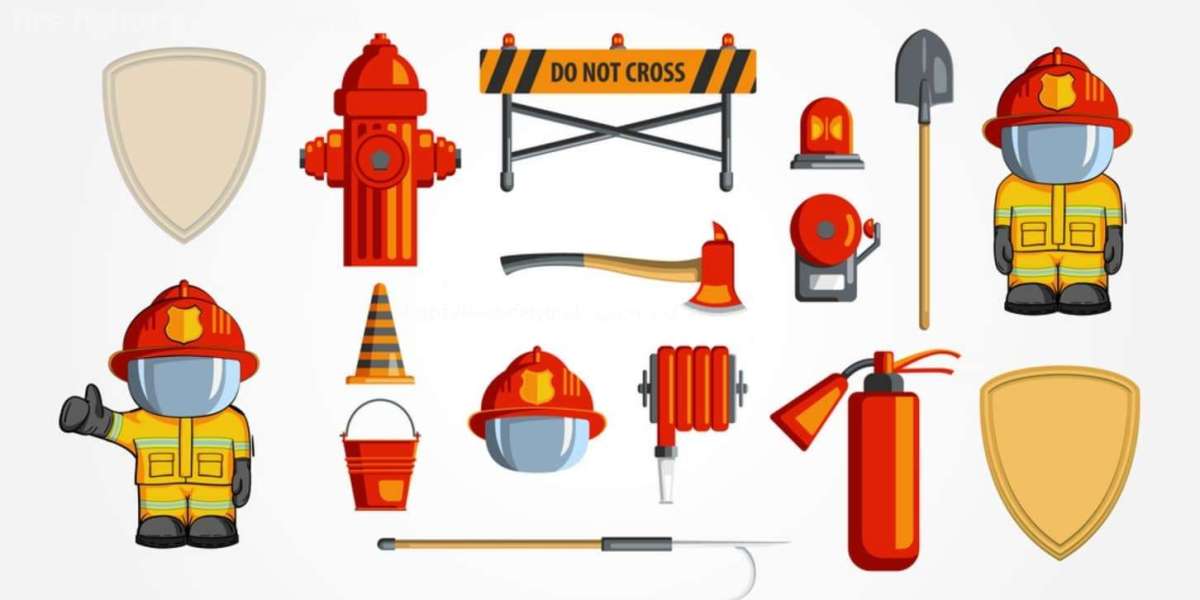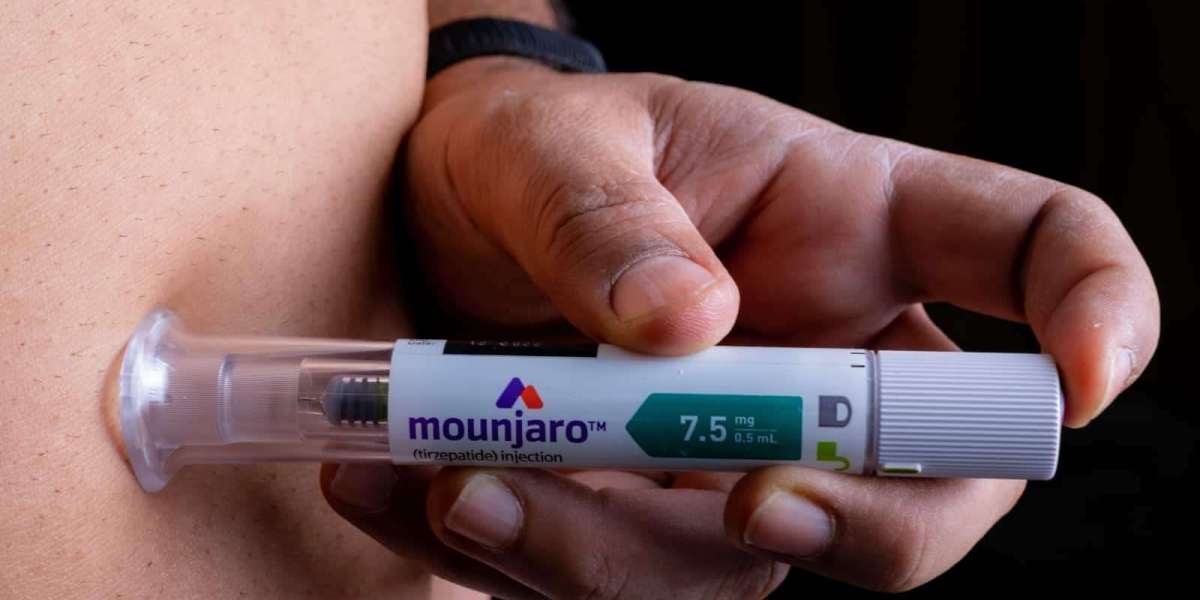The fire safety equipment market offers solutions ranging from basic smoke detectors to sophisticated suppression systems, each designed for specific applications and environments. What works perfectly in a residential setting may be inadequate for commercial use, while industrial facilities often require specialized equipment that would be overkill for smaller properties. This comprehensive guide will help you navigate these choices and select the optimal fire safety equipment for your specific situation.
Understanding Fire Risk Assessment
Identifying Fire Hazards by Property Type
Before selecting any fire safety equipment, conducting a thorough fire risk assessment is essential. This process involves identifying potential ignition sources, fuel sources, and factors that could accelerate fire spread within your property. Different property types present unique challenges that directly influence equipment selection.
Residential properties typically face risks from cooking equipment, electrical systems, heating appliances, and smoking materials. The primary concerns are early detection to allow for safe evacuation and preventing fire spread between units in multi-family dwellings. Commercial properties add complexity with higher occupancy loads, diverse business activities, and valuable assets that require protection.
Industrial facilities present the most complex fire safety challenges, often involving flammable materials, high-temperature processes, and specialized equipment that can create unique fire risks. These environments may require custom solutions that address specific hazards while maintaining operational continuity.
Occupancy and Usage Patterns
Understanding how your property is used directly impacts fire safety equipment selection. Residential properties have predictable occupancy patterns with people familiar with the layout, while commercial buildings may have varying occupancy loads and visitors unfamiliar with evacuation routes.
Consider peak occupancy times, the presence of vulnerable populations such as elderly residents or young children, and whether the property is occupied 24/7 or only during business hours. These factors influence detection sensitivity requirements, alarm notification methods, and suppression system design.
Properties with mixed uses, such as buildings combining retail, office, and residential spaces, require integrated approaches that address the unique needs of each area while maintaining overall system coordination.
Residential Fire Safety Equipment Selection
Single-Family Homes
For single-family residences, fire safety equipment selection focuses on early detection, quick notification, and providing residents with tools to suppress small fires or facilitate safe evacuation. The foundation of residential fire safety is a properly designed smoke and carbon monoxide detector system.
Smoke detectors should be installed in every bedroom, outside sleeping areas, and on every level of the home including basements. Interconnected detectors ensure that when one alarm sounds, all alarms activate throughout the house. Modern wireless interconnected systems eliminate the need for complex wiring while providing reliable communication between devices.
Kitchen areas require special consideration due to cooking-related fire risks. Heat detectors or specialized smoke detectors designed to minimize false alarms from cooking vapors are essential. Install these devices away from stoves and ovens but close enough to detect actual fires quickly.
Fire extinguishers are crucial for residential fire safety, with multipurpose ABC-type extinguishers suitable for most home fires. Place extinguishers in kitchens, garages, workshops, and near fireplaces or wood stoves. Ensure all family members know how to operate extinguishers safely and understand when evacuation is the better option.
Multi-Family Residential Buildings
Apartment buildings, condominiums, and townhouse complexes require more sophisticated fire safety systems due to shared walls, common areas, and multiple escape routes. These properties must balance individual unit protection with building-wide safety coordination.
Each unit should have smoke detectors in bedrooms and common areas, while shared spaces like hallways, stairwells, and community rooms need comprehensive detection coverage. Emergency lighting systems are essential for maintaining visibility during evacuation, particularly in interior corridors and stairwells.
Fire alarm systems in multi-family buildings should provide clear evacuation instructions and may include voice evacuation systems that can provide specific instructions based on fire location. Pull stations at exits allow manual activation when automatic detection systems fail.
Sprinkler systems are increasingly required in multi-family residential buildings, particularly in high-rise structures. These systems provide automatic fire suppression that can control fires until professional firefighters arrive, significantly improving survival rates and reducing property damage.
Residential Fire Safety Planning
Beyond equipment selection, residential fire safety requires comprehensive planning that addresses escape routes, family communication plans, and regular maintenance schedules. Fire safety equipment is only effective when properly maintained and when occupants know how to respond to emergencies.
Develop and practice family fire escape plans that identify primary and secondary escape routes from each room. Designate meeting points outside the home and ensure all family members understand the plan. Regular fire drills help reinforce proper response procedures and identify potential problems with escape routes.
Commercial Fire Safety Equipment Selection
Office Buildings
Commercial office buildings present unique fire safety challenges due to high occupancy loads, complex layouts, and valuable equipment that requires protection. Fire safety systems must provide early detection, clear evacuation guidance, and effective suppression while minimizing business interruption.
Fire detection systems in office buildings typically use a combination of smoke detectors, heat detectors, and manual pull stations connected to a central fire alarm control panel. Advanced systems may include aspirating smoke detection in areas with sensitive equipment or computer vision systems for large open areas.
Voice evacuation systems are essential in office buildings to provide clear instructions to occupants who may be unfamiliar with the building layout. These systems can provide specific evacuation instructions based on fire location and can override background music or paging systems to ensure messages are heard clearly.
Fire suppression systems in office buildings often include sprinkler systems for general areas and specialized suppression systems for server rooms, electrical equipment areas, and document storage areas. Clean agent suppression systems protect sensitive equipment without causing water damage.
Retail and Hospitality
Retail stores, restaurants, hotels, and other hospitality businesses face unique fire safety challenges due to public access, diverse occupancy types, and specific operational hazards. Equipment selection must address these varied risks while maintaining an welcoming environment for customers and guests.
Restaurants require specialized fire suppression systems for cooking equipment, typically including wet chemical suppression systems for commercial kitchens and grease exhaust systems. These systems are designed to handle the specific challenges of cooking fires involving high-temperature oils and fats.
Hotels require comprehensive fire safety systems that address guest room protection, corridor safety, and common area coverage. Guest rooms need smoke detectors and sprinkler coverage, while corridors require emergency lighting and clear exit signage. Voice evacuation systems help guide guests who may be unfamiliar with the building layout.
Retail spaces need fire safety systems that account for varying inventory levels, seasonal decorations, and high customer traffic. Detection systems must be sensitive enough to provide early warning while avoiding false alarms from dust or product vapors.
Healthcare and Educational Facilities
Healthcare facilities and schools require specialized fire safety approaches due to the presence of vulnerable populations who may have difficulty evacuating quickly. These properties often require enhanced detection sensitivity, specialized suppression systems, and coordinated emergency response procedures.
Healthcare facilities may house patients who cannot evacuate independently, requiring fire safety systems that can contain fires to specific areas while allowing for horizontal evacuation to safe zones within the building. This approach often involves sophisticated smoke management systems and fire-rated barriers.
Educational facilities must balance comprehensive fire protection with the need to maintain secure environments. Fire safety systems must integrate with security systems to ensure that fire emergencies don't compromise building security while allowing for safe evacuation.
Industrial Fire Safety Equipment Selection
Manufacturing Facilities
Industrial manufacturing facilities present the most complex fire safety challenges, often involving flammable materials, high-temperature processes, and expensive equipment that requires specialized protection. Fire safety systems must address specific process hazards while maintaining operational continuity.
Detection systems in manufacturing facilities often require specialized devices designed for harsh environments, including high-temperature areas, dusty conditions, or areas with chemical vapors that might trigger false alarms in standard detectors. Flame detectors, thermal imaging systems, and gas detection systems may be necessary for comprehensive coverage.
Suppression systems in manufacturing facilities are typically customized based on the specific processes and materials involved. Water-based systems may be appropriate for some areas, while others may require foam systems for flammable liquid storage areas or clean agent systems for electrical equipment.
Fire prevention systems, including hot work permit programs, equipment maintenance procedures, and process safety management, are particularly important in industrial settings where fires can have catastrophic consequences extending beyond the immediate facility.
Warehouses and Distribution Centers
Large storage facilities require fire safety systems designed to address the unique challenges of high-ceiling spaces, dense storage arrangements, and limited human occupancy during off-hours. These facilities often store diverse products that may present different fire risks and suppression challenges.
Early warning systems are critical in warehouses due to the potential for rapid fire spread through stored materials. Aspirating smoke detection systems can provide very early warning by continuously sampling air throughout the facility, while thermal detection systems can identify hot spots before ignition occurs.
Sprinkler systems in warehouses require careful design to account for storage height, aisle spacing, and the types of materials stored. High-challenge fire suppression systems may be necessary for facilities storing plastics, rubber, or other materials that burn intensely and produce heavy smoke.
Chemical and Petrochemical Facilities
Facilities handling flammable or hazardous chemicals require specialized fire safety systems designed to address the unique risks associated with these materials. Equipment selection must consider the specific chemicals involved, process conditions, and potential environmental impacts of fire suppression activities.
Specialized detection systems may include gas detection for flammable vapor monitoring, thermal imaging for equipment monitoring, and flame detection systems designed for outdoor applications. These systems must be intrinsically safe for use in potentially explosive atmospheres.
Suppression systems in chemical facilities often require foam systems for flammable liquid fires, dry chemical systems for specific chemical hazards, or water spray systems for equipment cooling and fire suppression. The selection depends on the specific chemicals and processes involved.
Equipment Matching Strategies
Regulatory Compliance
Fire safety equipment selection must always begin with understanding applicable codes and regulations. Building codes, fire codes, and industry-specific regulations establish minimum requirements that must be met, but optimal protection often requires exceeding these minimums.
Local fire departments and building officials can provide guidance on specific requirements for your property type and location. Many jurisdictions have adopted recent versions of the International Building Code and NFPA standards, but local amendments may modify these requirements.
Insurance requirements often exceed minimum code requirements and may influence equipment selection decisions. Working with insurance providers early in the planning process can help identify opportunities for premium reductions through enhanced fire protection systems.
Budget Considerations and Lifecycle Costs
Fire safety equipment represents a significant investment that should be evaluated based on total lifecycle costs rather than initial purchase price alone. High-quality systems may have higher upfront costs but lower maintenance requirements and longer service lives.
Consider ongoing costs including regular inspections, testing, maintenance, and eventual replacement when evaluating different options. Some systems require specialized maintenance that may be more expensive than alternatives, while others may offer self-diagnostic features that reduce maintenance costs.
Integration opportunities can provide cost savings by combining fire safety systems with other building systems such as security, HVAC, or building automation systems. These integrated approaches can reduce installation costs and provide operational benefits through coordinated system management.
Professional Consultation and Design
Complex fire safety equipment selection often requires professional consultation from fire protection engineers, certified fire protection specialists, or experienced system designers. These professionals can conduct detailed risk assessments, ensure code compliance, and optimize system design for your specific needs.
For businesses seeking comprehensive solutions, working with experienced suppliers who understand regional requirements is crucial. Companies specializing in fire safety equipment Riyadh can provide valuable expertise in selecting and installing systems that meet local regulations while providing optimal protection.
Professional design services typically include computer modeling of detection coverage, suppression system hydraulic calculations, and coordination with other building systems. This investment in professional design can prevent costly mistakes and ensure optimal system performance.
System Integration and Coordination
Building System Integration
Modern fire safety equipment increasingly integrates with other building systems to provide coordinated emergency response. Fire alarm systems can interface with HVAC systems to control smoke movement, security systems to unlock doors during evacuation, and elevator systems to provide emergency services access.
These integrated systems require careful planning to ensure that emergency response actions don't conflict with each other or create unintended consequences. Professional system design helps ensure that all building systems work together effectively during emergencies.
Communication systems integration allows fire safety systems to interface with mass notification systems, public address systems, and emergency communication networks. This coordination ensures that occupants receive timely, accurate information during fire emergencies.
Maintenance and Testing Coordination
Integrated fire safety systems require coordinated maintenance and testing programs to ensure all components continue to function properly together. Regular testing should verify not only individual system components but also the interfaces between different systems.
Documentation of integrated systems must account for the complexity of multiple interconnected systems and ensure that maintenance personnel understand how changes to one system might affect others. Training programs should address integrated system operation and troubleshooting.
Emerging Technologies and Future Considerations
Smart Building Integration
The trend toward smart building technologies is creating new opportunities for fire safety system integration and enhanced functionality. IoT-enabled fire safety devices can provide real-time monitoring, predictive maintenance alerts, and integration with building management systems.
Cloud-based monitoring and management systems allow property managers to oversee fire safety systems across multiple locations from centralized dashboards. These systems can provide automated compliance reporting, maintenance scheduling, and system performance analytics.
Artificial intelligence applications in fire safety are expanding to include predictive risk assessment, automated emergency response coordination, and occupant behavior analysis to optimize evacuation procedures.
Sustainability Considerations
Environmental sustainability is becoming increasingly important in fire safety equipment selection. This includes considering the environmental impact of suppression agents, energy consumption of detection and alarm systems, and the recyclability of equipment components.
Water conservation concerns in some regions are driving interest in more efficient suppression systems that use less water while maintaining effectiveness. Dry pipe sprinkler systems, water mist systems, and foam systems can provide effective fire suppression with reduced water usage.
Green building certification programs increasingly recognize advanced fire safety systems that contribute to overall building sustainability goals while providing enhanced occupant protection.
Conclusion
Selecting the right fire safety equipment for your property requires careful consideration of numerous factors including property type, occupancy characteristics, regulatory requirements, and budget constraints. The process begins with thorough risk assessment and should involve professional consultation for complex applications.
Residential properties typically require smoke detectors, fire extinguishers, and escape planning, while commercial properties need more sophisticated detection, alarm, and suppression systems. Industrial facilities often require specialized equipment designed for specific process hazards and operational requirements.
The key to successful fire safety equipment selection is understanding that one size does not fit all. Each property has unique characteristics that influence optimal equipment choices. Working with experienced professionals who understand these differences and can provide tailored recommendations is essential for achieving optimal protection.
Regular review and updating of fire safety equipment ensures continued effectiveness as properties change use, regulations evolve, and new technologies become available. Fire safety is an ongoing responsibility that requires sustained attention and investment to maintain effectiveness.
By following the guidelines outlined in this article and working with qualified professionals, property owners can select fire safety equipment that provides optimal protection for their specific needs while ensuring regulatory compliance and long-term value. Remember that the best fire safety equipment is the equipment that's properly selected, installed, maintained, and used when needed.



